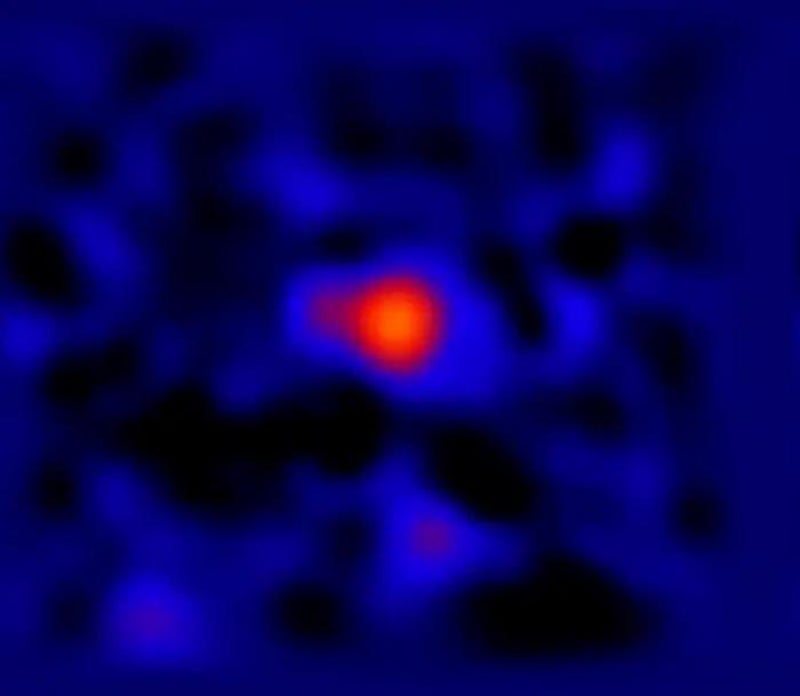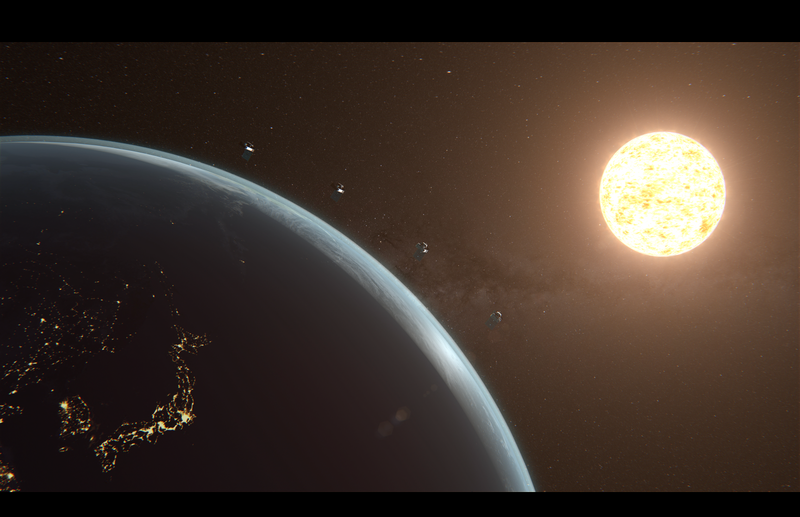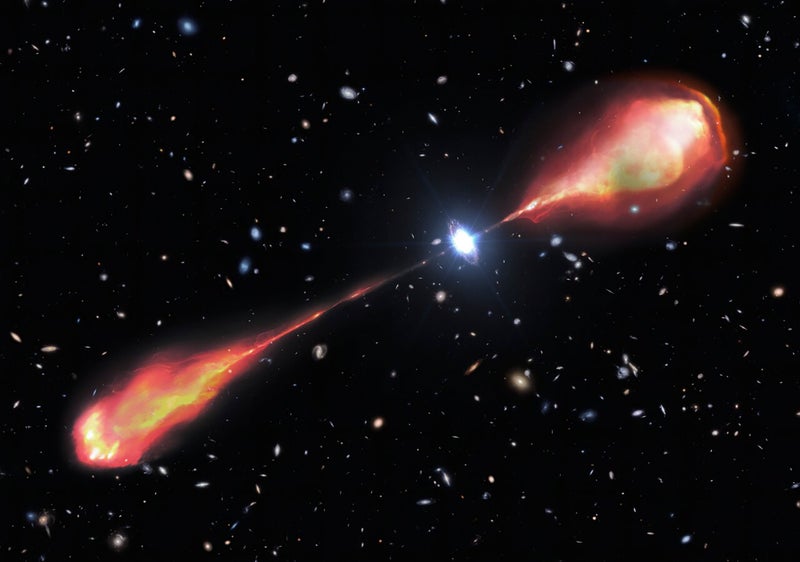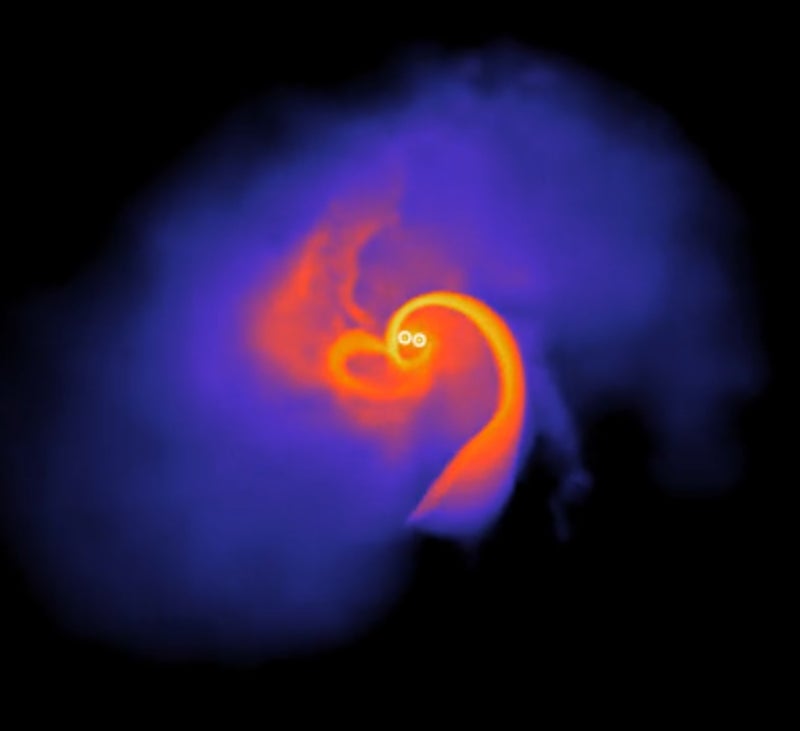Scientists hope that their findings will help to better understand the mysterious cosmic objects. Yusef-Zadeh led the research, carried out by the university’s team of astrophysicists and published in The Astrophysical Journal Letters. The authors say that their findings could help to better understand the nature of black holes and the evolution of the Milky Way. Nearly every large galaxy has a supermassive black hole at its center. The black holes have hundreds of thousands to billions of times the sun's mass. They may have been created by the gravitational collapse of giant gas clouds that formed the galaxies, from the merger of smaller black holes, or grew by eating orbiting stars.
![[Astrophysicists used NASA’s James Webb Space Telescope’s unique infrared capabilities to observe the supermassive black hole at the Milk Way’s center. Their observations revealed a constant stream of flares]](https://static.independent.co.uk/2025/02/17/22/52/GettyImages-620500322.jpeg)
There are many things scientists still hope to understand about them, like what matter looks like inside their event horizons: boundaries marking the outer edge of black holes where not even light can escape. To conduct this study, the team used the telescope’s infrared imaging capabilities, observing Sagittarius A* for 48 hours during the course of a year and tracking the black hole’s changes. “In our data, we saw constantly changing, bubbling brightness,” Yusef-Zadeh said. “And then boom! A big burst of brightness suddenly popped up. Then, it calmed down again. We couldn’t find a pattern in this activity. It appears to be random. The activity profile of the black hole was new and exciting every time that we looked at it.”.
![[The black hole in the center of the Milky Way galaxy is known as Sagittarius A *. It is located some 27,000 light years from Earth. Scientists hope to learn more about the nature of the mysterious astronomical objects]](https://static.independent.co.uk/2025/02/17/22/58/sgra.jpeg)
But, what is responsible for the flares?. While the authors still don’t fully understand the processes involved in the light show, they believe there are two minor and major disturbances that generate the short bursts and longer flares they observed. The smaller ones are like solar flares and the bigger ones are comparable to the collision of two magnetic fields or a spark of static electricity. Looking at the changing brightness of the flares in the two wavelengths of light the telescope observed at the same time, they were able to see how the brightness changed at each wavelength.
By doing so, they found events at a shorter wavelength changed brightness before those at a longer wavelength. Particles may lose energy quicker at shorter wavelengths, they noted. “This is the first time we have seen a time delay in measurements at these wavelengths,” Yusef-Zadeh said. Going forward, they hope to use the telescope to observe Sagittarius A* for a longer period of time. They had previously made observations in 8-to-10-hour increments.


















